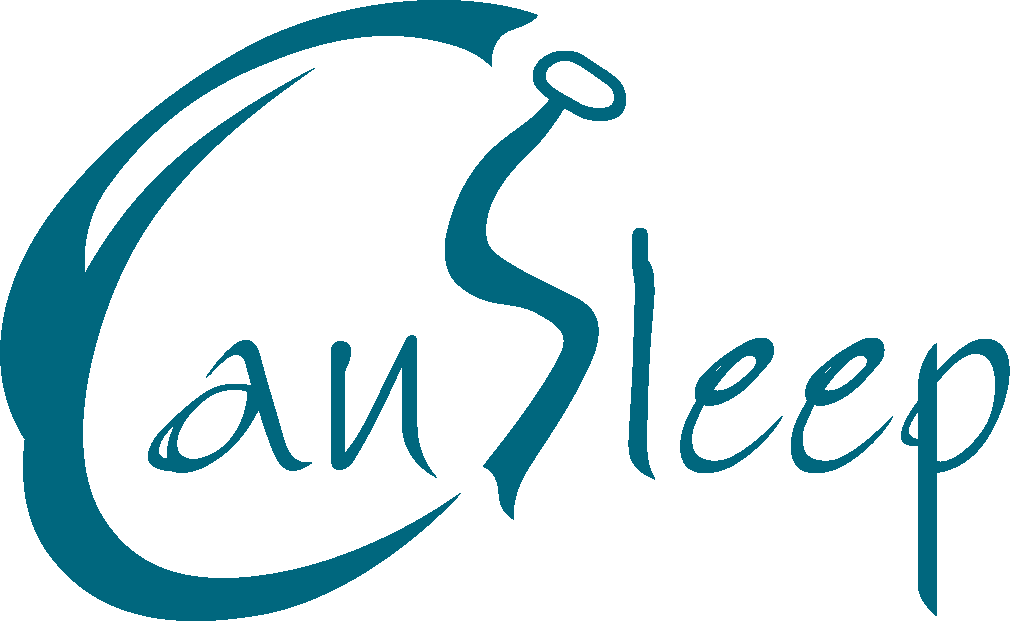Click here for new products and promotions
Click here for new products and promotions

Fill out the
Patient Symptoms form
For more information about the Home Sleep Apnea Test and a step-by-step guide, download our
Guide to the Home Sleep Apnea Test
For more information about Obstructed Sleep Apnea (OSA) and taking care of your CPAP device, download our
Guide to CPAP Therapy
OSA PDF


